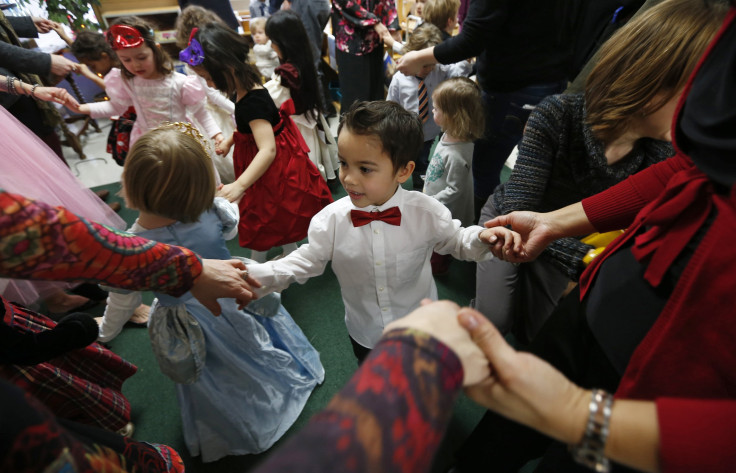School Forces Students Say ‘Yes’ To Valentine's Day Dance Proposals, Shocking Parents

The mother of a sixth-grade student at Kanesville Elementary, Utah, claimed she was appalled to learn that her daughter did not have the option to reject a male peer’s proposal to dance at the school’s Valentine’s Day program.
Natalie Richard told Fox 13 that she was shocked to learn that her daughter had to “yes” when one of the boys in her class approached her for a dance at the program set up by the school on Valentine’s Day.
While Richard initially had a simple explanation for her anxious daughter — that the latter had misunderstood the instructions given by the teacher — the mother soon found out that it was not the case.
When she directed her concern to one of the teachers of Kanesville Elementary school, “the teacher said, 'She can't. She has to say yes. She has to accept.' And I said, 'Excuse me?'" Richard said.
Determined to understand why such a rule was made, Richard took the matter to the principal of the school. Instead of getting any definitive explanation, she was met with a vague answer.
"He basically just said they've had this dance set up this way for a long time and they've never had any concerns before," Richard said.
She then received an explanation from Lane Findlay with the Weber School District, who confirmed that the school indeed had a rule like that in place for a reason.
“Please be respectful, be polite," Findlay said. "We want to promote kindness, and so we want you to say yes when someone asks you to dance.”
While Richard did not disagree with the intention behind the rule, she said the lesson of kindness could have been imparted among the students in various other ways.
“I do see it from their perspective when it comes to that, but there are many other ways to teach children how to be accepting than with a social dance,” Richard said.
The concerned mother added that most of the young girls at the school are bound to take away a message from the rule that goes against the teachings of gender equality and women empowerment.
“Psychologically, my daughter keeps coming to me and saying I can’t say 'no' to a boy," she said. "That’s the message kids are getting."
And the message works both ways. “Sends a bad message to girls that girls have to say 'yes'; sends a bad message to boys that girls can’t say 'no,'" Richard said.
However, the school administration assured parents that they would take all the necessary precautions to assure that no student feels pressurized into a situation that would make them feel uncomfortable.
According to Findlay, every student was required to fill out a card by selecting five people they want to dance with, prior to the event. In case a student is not comfortable accepting the dance proposal of one of the people mentioned on the card, the student is always encouraged to draw the teacher’s attention to that fact.
“If there is an issue, if there’s students that are uncomfortable or have a problem with another student, I mean: that’s certainly something that can be addressed with that student and parents,” Findlay said.
Richard was also not happy with the fact that existence of such a rule was not mentioned to the parents, who might want to know the details of such a policy. The principal agreed to Richard’s request of sending out a permission slip detailing the instructions of the unconventional rule to the parents of the students.
© Copyright IBTimes 2025. All rights reserved.






















